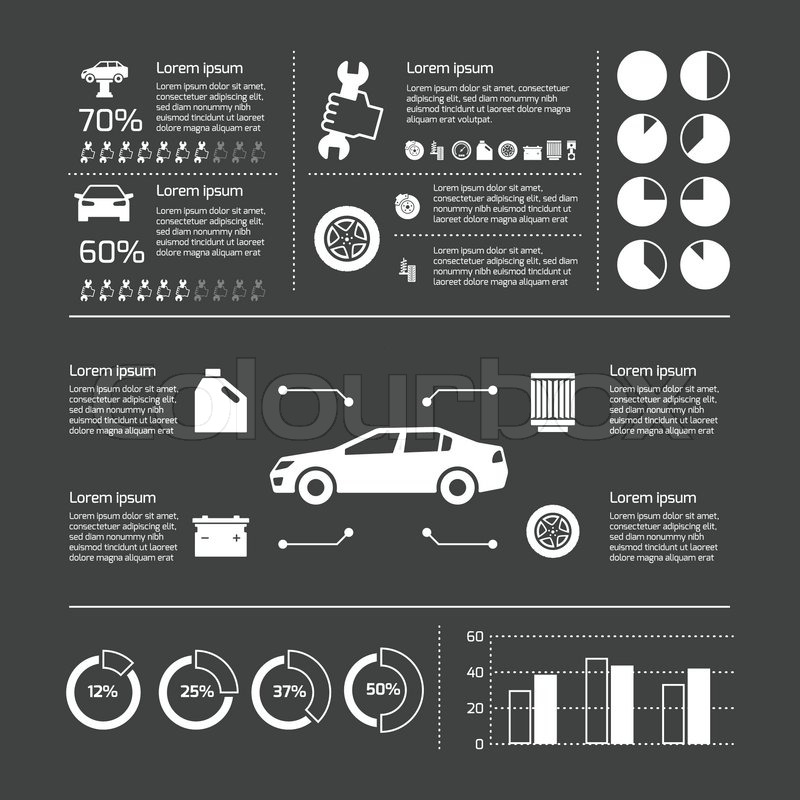Comprehending Your Auto'S Warning Lights: What Do They Really Mean?
Comprehending Your Auto'S Warning Lights: What Do They Really Mean?
Blog Article
Web Content Author-Faulkner Winters
When you're behind the wheel, those glowing caution lights on your dashboard can be a little bit perplexing. Do https://engine-remapping62739.theisblog.com/31299588/the-five-major-myths-of-automobile-outlining-described-and-resolved recognize what they're attempting to inform you regarding your cars and truck's health and wellness? Recognizing the importance of these lights is essential for your safety and the long life of your car. So, the following time among those lights pops up, would not you want to decode its message accurately and take the required steps to resolve it?
Common Warning Lights and Interpretations
Identify common warning lights in your cars and truck and understand their definitions to ensure safe driving.
One of the most typical warning lights include the check engine light, which signifies concerns with the engine or emissions system. If this light begins, it's essential to have your automobile examined immediately.
The oil stress alerting light shows low oil stress, calling for instant interest to stop engine damages.
A flashing battery light may recommend a damaged billing system, possibly leaving you stranded if not addressed.
The tire pressure surveillance system (TPMS) light alerts you to low tire stress, affecting car stability and gas effectiveness. Ignoring mouse click the up coming post can bring about hazardous driving conditions.
The abdominal muscle light suggests a problem with the anti-lock braking system, compromising your capability to quit swiftly in emergencies.
Finally, the coolant temperature level alerting light warns of engine getting too hot, which can cause extreme damages if not solved swiftly.
Understanding these typical warning lights will certainly assist you resolve problems promptly and maintain safe driving problems.
Relevance of Prompt Attention
Comprehending the usual caution lights in your auto is just the very first step; the relevance of without delay dealing with these warnings can not be highlighted sufficient to ensure your safety on the road.
When a warning light brightens on your control panel, it's your cars and truck's way of communicating a potential concern that needs attention. Overlooking these cautions can cause more serious troubles in the future, jeopardizing your safety and possibly costing you a lot more in repairs.
Prompt attention to cautioning lights can prevent break downs and mishaps. For instance, a flashing check engine light could suggest a misfire that, if left ignored, might trigger damages to the catalytic converter. Addressing this quickly can save you from an expensive repair service.
Likewise, a brake system cautioning light might signal reduced brake fluid or used brake pads, critical elements for your safety when driving.
Do It Yourself Troubleshooting Tips
If you see a caution light on your dashboard, there are a few DIY repairing tips you can try before looking for expert assistance.
The initial step is to consult your auto's manual to comprehend what the certain warning light shows. Occasionally the issue can be as straightforward as a loose gas cap setting off the check engine light. Tightening up the gas cap may solve the trouble.
An additional typical issue is a low battery, which can activate different cautioning lights. Checking the battery connections for corrosion and guaranteeing they're secure could fix the trouble.
If a caution light continues, you can attempt resetting it by detaching the cars and truck's battery for a couple of minutes and afterwards reconnecting it. Additionally, inspecting your car's liquid levels, such as oil, coolant, and brake liquid, can assist troubleshoot cautioning lights associated with these systems.
Conclusion
In conclusion, understanding your automobile's caution lights is essential for maintaining your lorry running efficiently and safely. By promptly dealing with these notifies and understanding what they indicate, you can avoid pricey repair services and potential failures.
Remember to consult your vehicle's guidebook for certain details on each advising light and act accordingly to ensure a trouble-free driving experience.
Remain educated, stay risk-free when driving!
